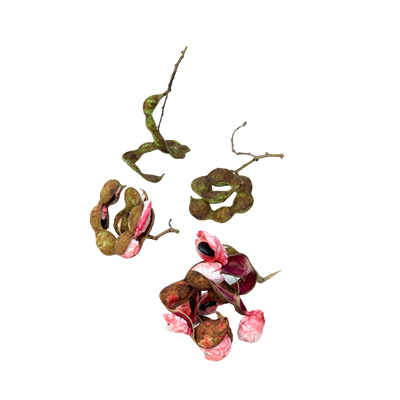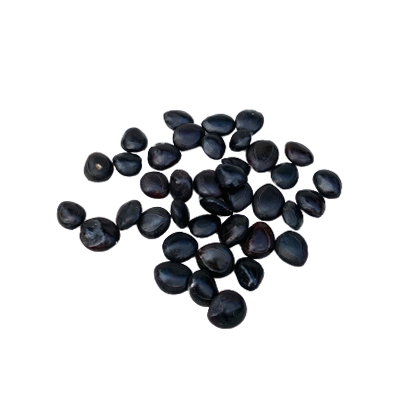Manila tamarind
Pithecellobium dulce (Roxb.) Benth.
Fabaceae
Location in our garden
Orchard
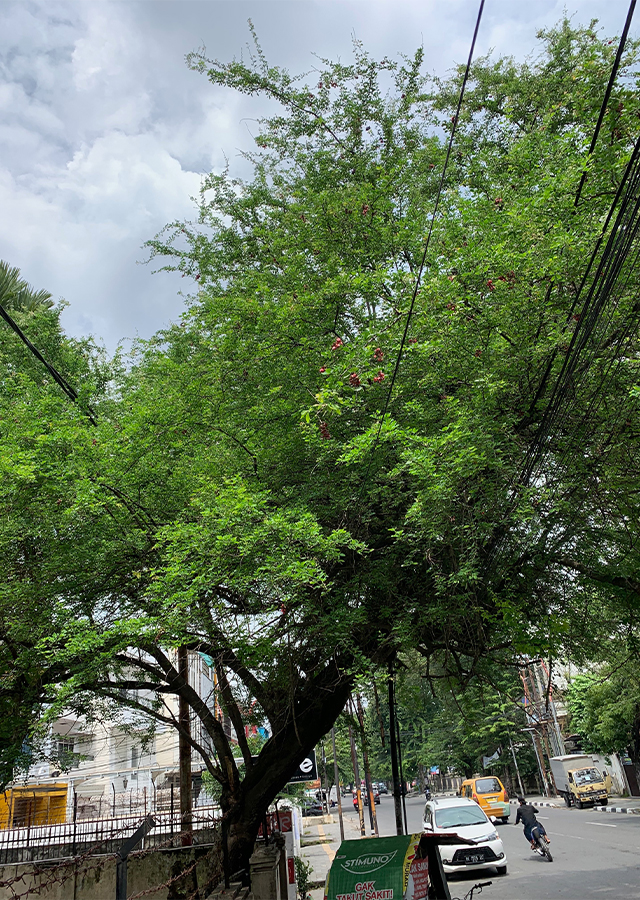
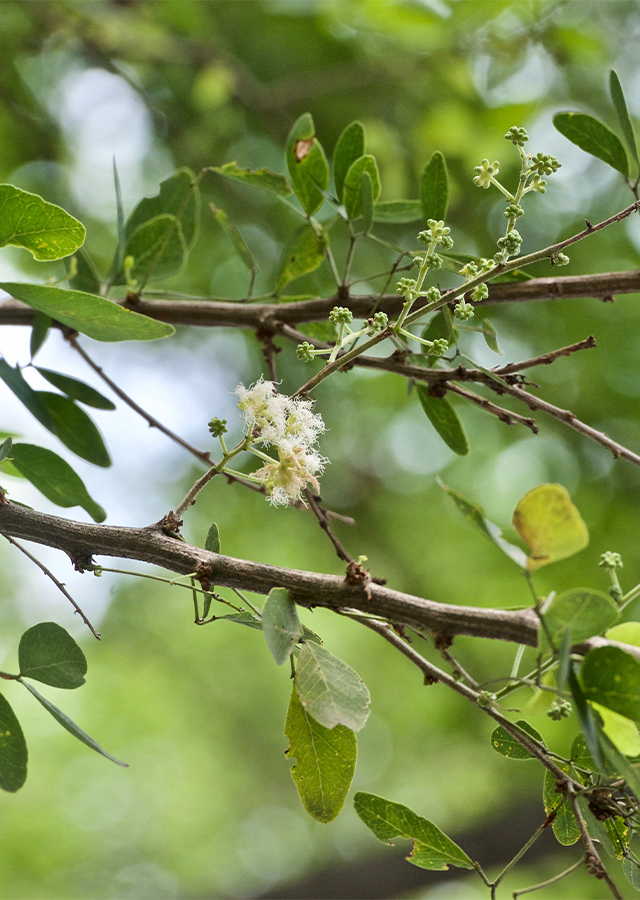
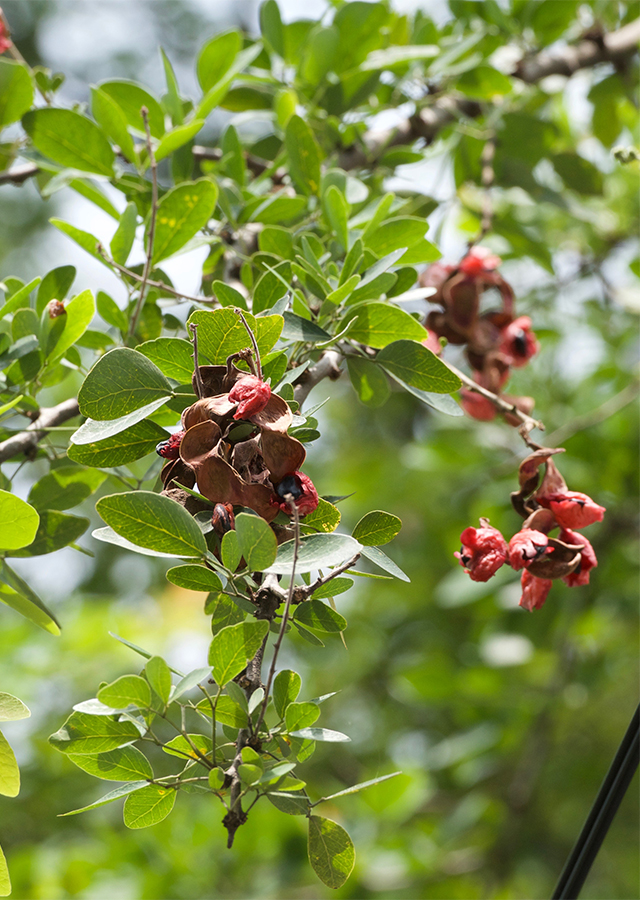
Synonym
Acacia obliquifolia M.Martens & Galeotti
Albizia dulcis (Roxb.) F.Muell.
Feuilleea bertolonii (Benth.) Kuntze
Habitus
Trees. A small to medium-sized thorny, deciduous tree, grows up to 15-20 m
Part Used
Leaves
Seeds
Bark
Fruit
Growing Requirements
Full Sunshine
Drought Resistant
Habitat
Forest
Coastal
Overview
The plant's origin is from Pacific Coast and adjacent highlands of Mexico, Central America, and Northern South America. The tree is widely cultivated as an ornamental, shade-providing plant in the tropics. It is also grown in South America for its fruit and seed. The fruits are sold in local markets.
Vernacular Names
Asam belanda, Asem londo (Jawa), Asam koranji (Sunda), Blackbead (English), Huamuche (Mexico), Kamachile (Tagalog), Chiminango (Colombia)
Agroecology
The tree grows well at low and medium altitudes in both wet and dry areas of the tropics. It can tolerate an annual rainfall as low as 140 mm and as high as 2,200 mm, will grow in areas where the average temperature ranges from 18 - 27.9 °C, easily grown plant that can succeed in most soils. It prefers a well-drained soil in a sunny position, can also succeed in heavy clay soils, the tree can grow on poor soils, on wastelands.
Morphology
- Barks - smooth, pale whitish-grey, lenticellate, often with horizontal ribs encircling the trunk and branches, becoming rougher and fissured on older boles.
- Leaves - bipinnately compound with a pair of pinnae, obliquely elliptic or oblong elliptic and dark green in color
- Flowers - grouped in small, dense, sub-spherical heads, 7-12 mm in diameter, with 20-30 flowers per head, the heads arranged in fascicles of 2-4 in axils of leaves.
- Fruits - fertile flowers are followed by fruits that are distinctive in shape.
- Seeds - shiny black, compressed, lentiform, and 7-13 x 6-11 x 2-4 mm in size.
Cultivation
- Generative propagation is by seeds - takes about 2 weeks to germinate, no pre-treatment is required, soaking actually reduces germination and heating kills the seeds. Best sown into nursery beds and planted out when about 12 months old.
- Vegetative propagation is by cuttings, air layering and grafting.
Chemical Constituents
- Alkaloids, anthraquinone, flavonoids, glycocide-cardiac, tannins, terpenoids, olein, quercetin, kaempferol, dulcitol, saponins, catechol, campesterol, pitheduloside, ellagic acid, oleic acid, palmitic acid.
Traditional Medicinal Uses
Medicinal Uses
- The bark and pulp are used to treat gum ailments, toothache, bleeding, and as astringent. Roots bark are used for chronic diarrhea, dysentery, constipation and tuberculosis.
- Leaf is used as an abortive and as a digestive.
- Extract of leaves a remedy for indigestion and to prevent spontaneous abortion, gall bladder ailments, to treat both open and closed wounds.
- Studies also show that it might help in curing diabetes, inflammation, cancer, veneral diseases, bilious disorders, fever, cold, sore throat, malaria, skin pigmentation, acne and pimples, dark spots, eczema, conjunctivitis, irritable bowel syndrome, pain, panophthalmitis, leprosy.
Traditional Uses
- The bark is used in a decoction as an enema and as an astringent in India.
- Leaves together with salt can cure indigestion and in larger doses, can also induce abortion.
- Seed juice is inhaled into the nostrils against chest congestion and pulverized seeds are ingested for internal ulcers.
- The leaves can be used as a plaster to allay pain even from venereal sores, and can relieve convulsions. A paste made from the leaves is applied externally to treat muscular swellings caused by some inflammations.
- The fruit pulp is taken orally to stop blood flow in case of haemoptysis.
Part Used
Reference Sources
- Health Benefits Database. (No date). Facts about Camachile. https://www.healthbenefitstimes.com/camachile/ 18-08-2020
- Fern, Ken. (2014). Useful Trofpical Plants Database. Camachile. Pithecellobium dulce. http://tropical.theferns.info/viewtropical.php?id=Pithecellobium+dulce. 18-08-2020
- Journal of Pharmacognosy and Phytochemistry (2018). Medicinal uses of Pithecellobium dulce and its health benefits. https://www.phytojournal.com/archives/?year=2018&vol=7&issue=2&ArticleId=3358#:~:text=The%20bark%20and%20pulp%20being,%2C%20dysentery%2C%20constipation%20and%20tuberculosis. 27-01-2021



